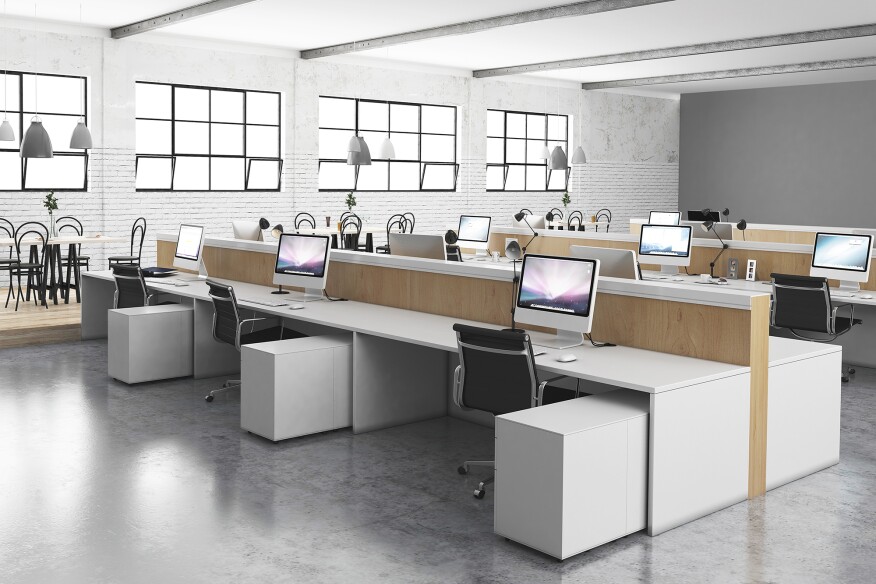
A pair of recent studies published in the Philosophical Transactions of the Royal Society B reveal what many office workers already know—open-plan layouts actually reduce face-to-face interactions and increase the usage of email for communication. Study authors Ethan Bernstein and Stephen Turban recruited 52 employees at Fortune 500 companies that were planning to transition to open floor plans to wear Bluetooth-enabled badges and microphones for three weeks to monitor in-person interactions. (They also gained access to email and office communicator servers to track usage.) The duo repeated the same study weeks later after the open office redesigns were complete with shocking results: Face-to-face interactions were reduced by more than 70 percent with a corresponding increase in instances of electronic communication. [Philosophical Transactions of the Royal Society B]

Washington, D.C.'s ArtecHouse has unveiled its latest exhibit, "Fractal Worlds" by visual effects artist Julius Horsthius. The show is is made up of four installations, each of which experiments with the relationship between fractal mathematics and art, immersion, depth, and interactivity. [ARCHITECT]

A team from MIT along with researchers in China have developed a kirigami-inspired technique that could enable the creation of nanodevices that manipulate light. Kirigami is similar to origami but it allows cutting paper in addition to folding in order to create shapes. According to a university press release, the group "used a focused ion beam to make a precise pattern of slits in a metal foil just a few tens of nanometers thick. The process causes the foil to bend and twist itself into a complex three-dimensional shape capable of selectively filtering out light." [MIT News]
Teams from the University of Nottingham at Ningbo, China, and the Shanghai Institute of Applied Physics at the Chinese Academy of Sciences collaborated to design a new rechargeable battery using salt. The resulting product is “a low-cost and long service life rechargeable high-temperature molten salt iron-oxygen battery with both high energy storage capacity and fast charging and discharging power capability,” according to a university press release. The technology has potential applications in electric vehicles and renewable energy storage. [University of Nottingham]

On Wednesday, American conceptual artist and activist Mel Chin debuted "Unmoored," a six-minute mixed-reality experience that envisions a haunting image of New York City's Times Square submerged in water. Using Microsoft's HoloLens smartglasses or an augmented reality smartphone app, viewers can glimpse what the city could look like should global warming go unchecked and sea levels were to rise. [ARCHITECT]
In the latest episode of ArchitectChats, Opsis Architecture partner Alec Holser, AIA, and the University of Idaho's Michael Perry offer lessons for architects hoping to secure a mass-timber commission, and for building owners and institutions interested in fundraising and trailblazing with wood construction. [ARCHITECT]
Starting this month, people who visit your business's website using the Google Chrome browser could see a note near your web address specifying your site is "not secure" if it uses the HTTP format rather than the HTTPS format commonly seen on e-commerce sites and most big-company sites. [ProSales]
















